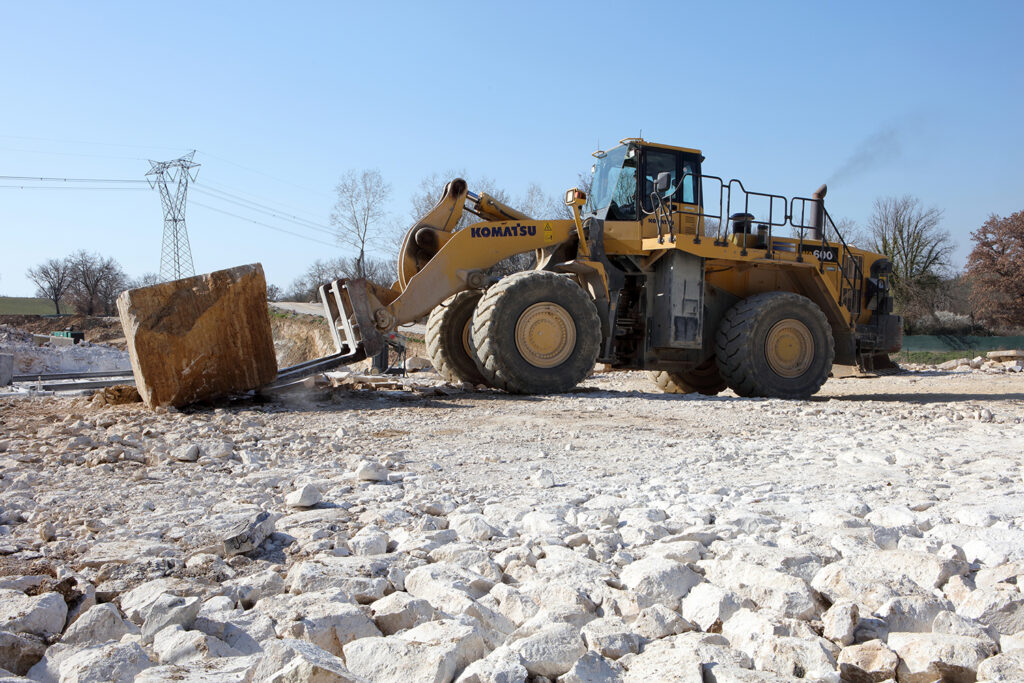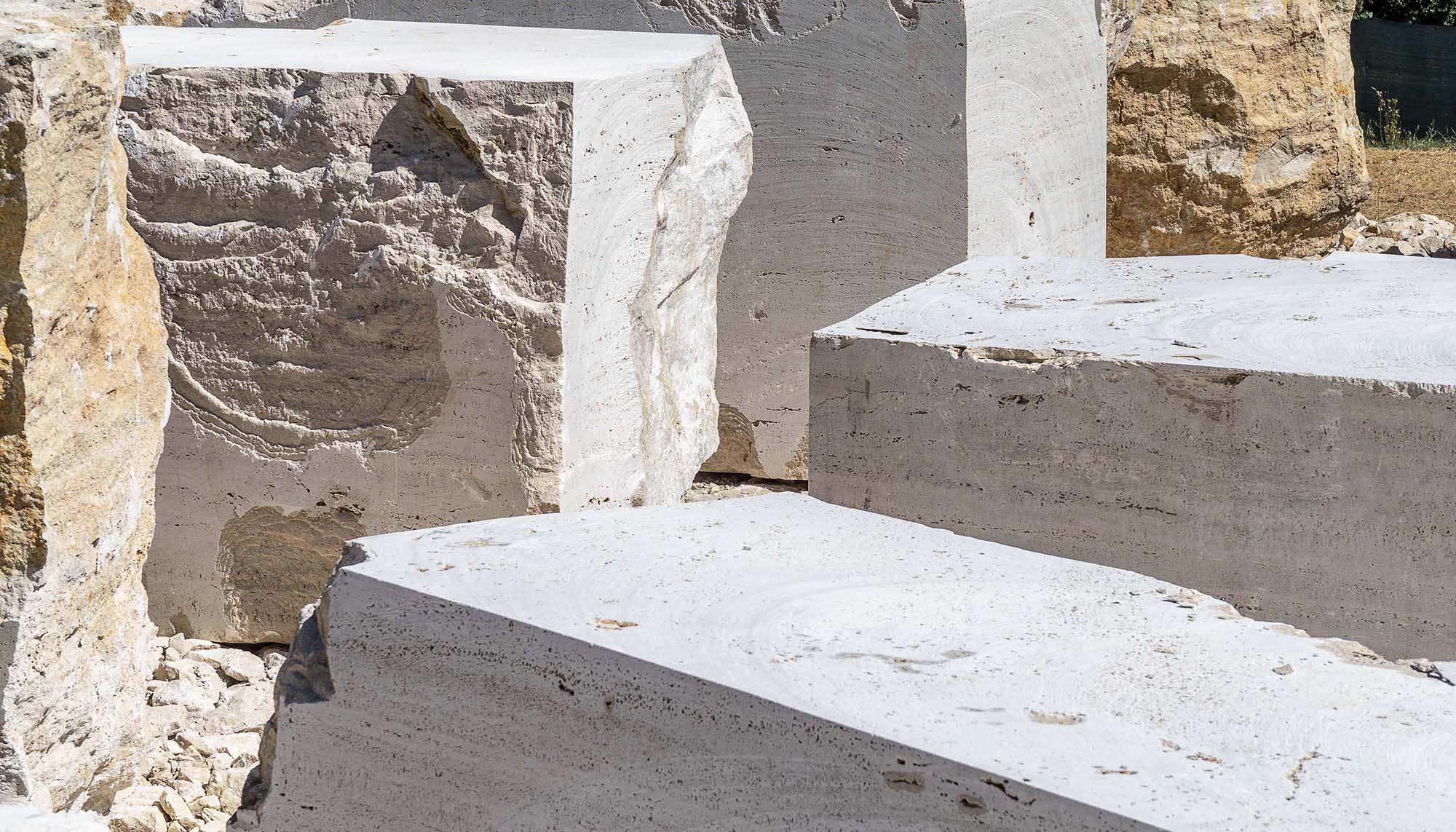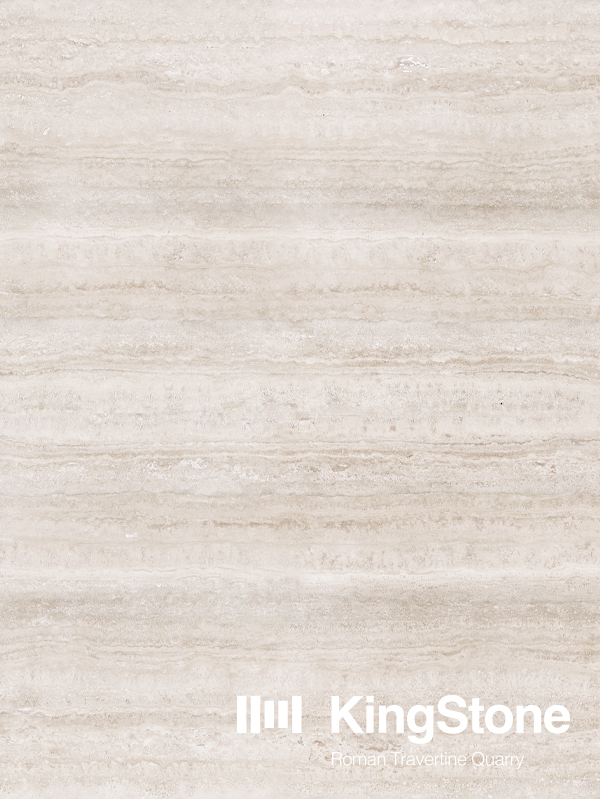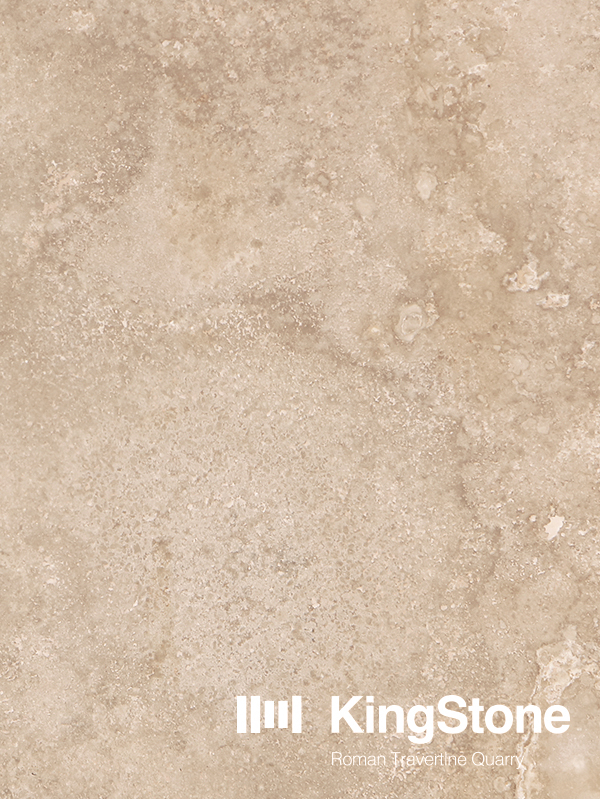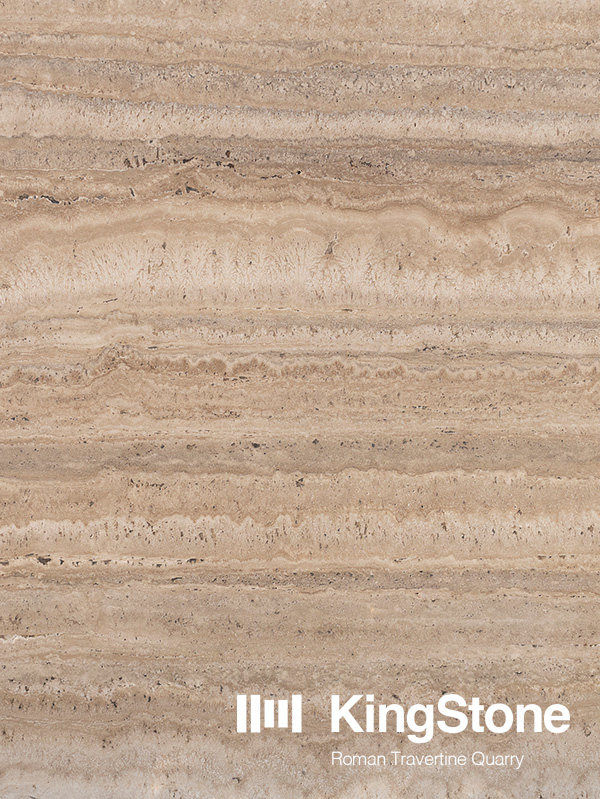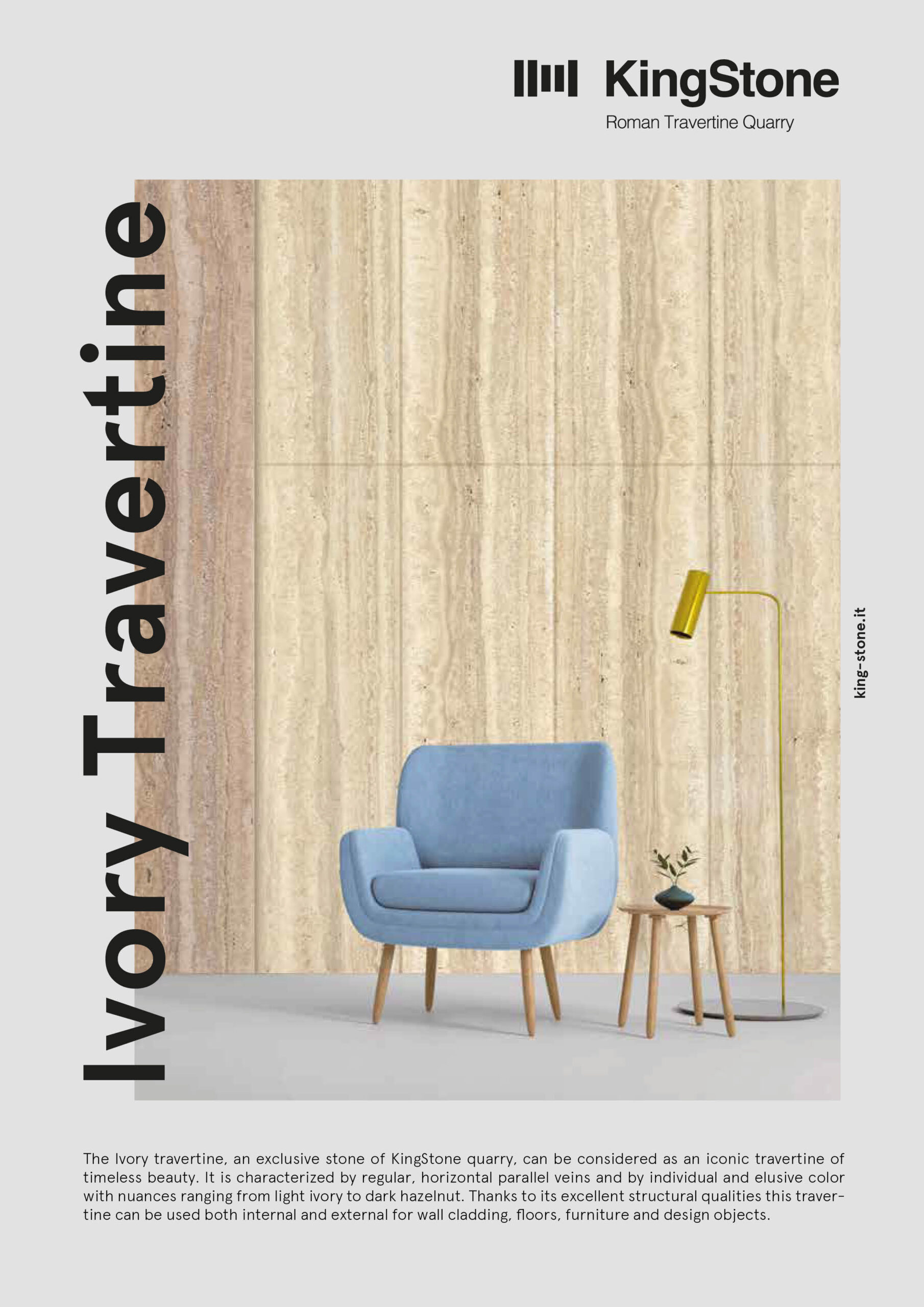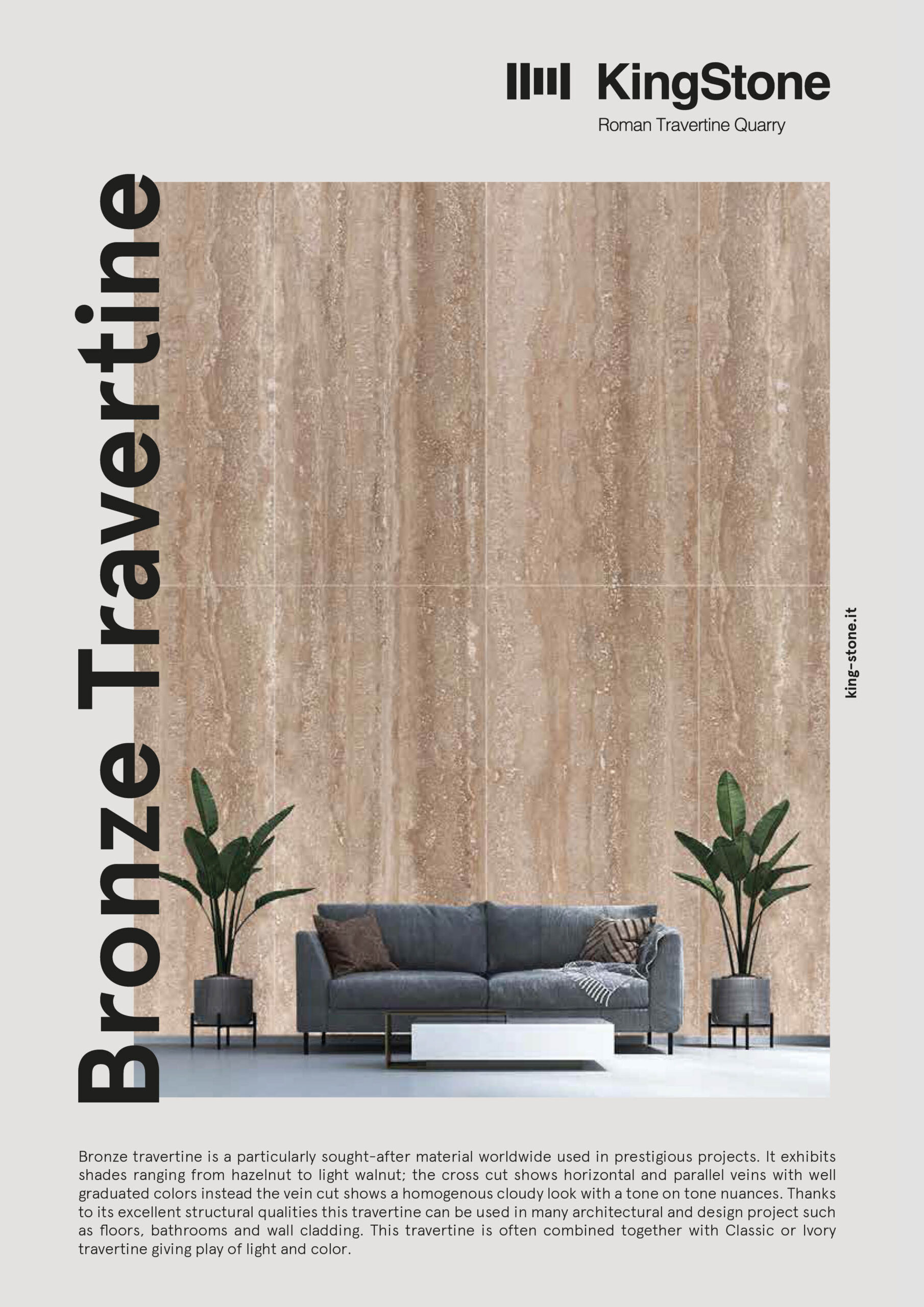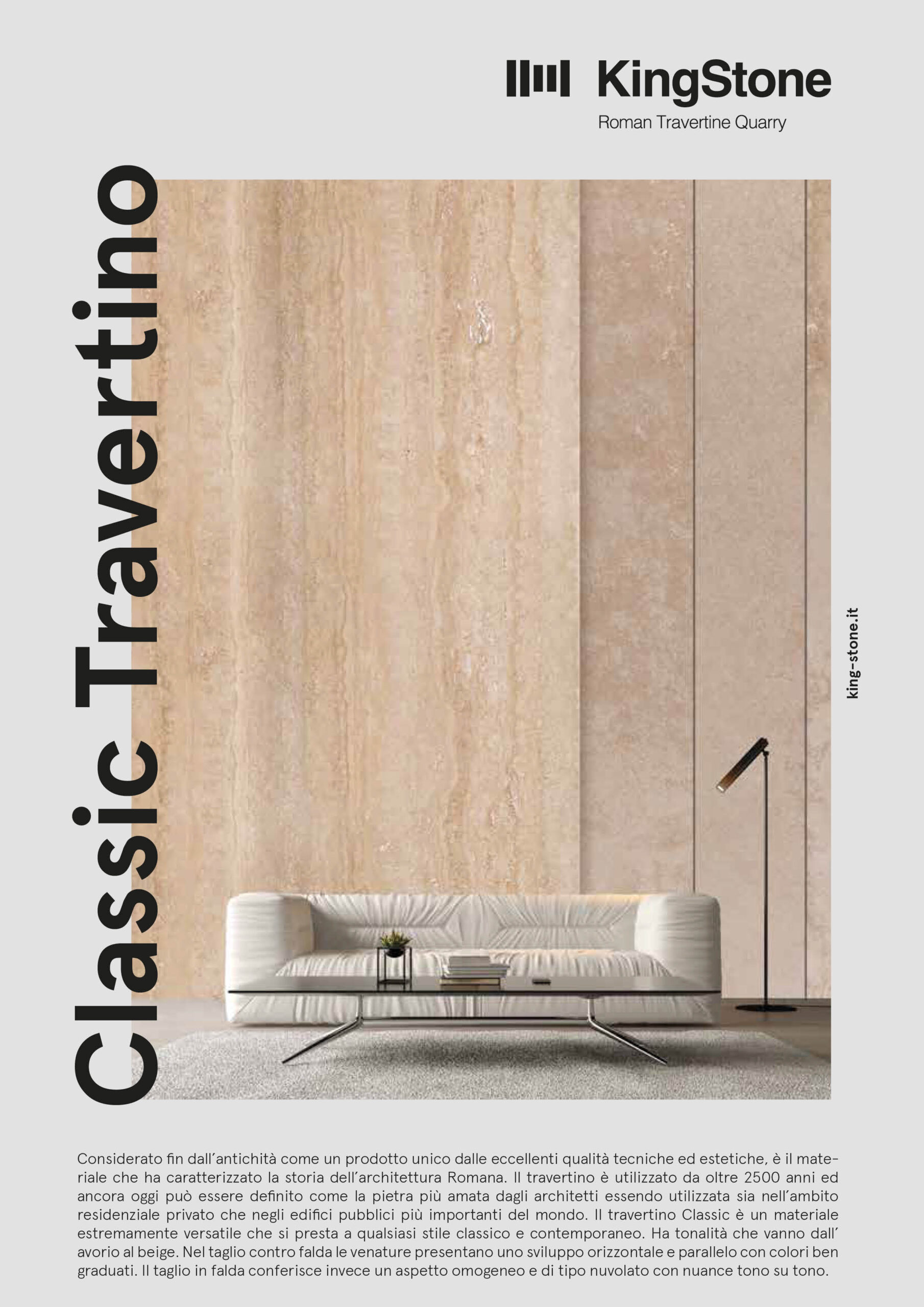Ivory,
Beige.
The Travertine 

Since ancient times considered a decorative product with excellent technical and aesthetic qualities, our travertine was among the most valuable Roman travertines used in the construction of public and private buildings in Roman and modern times. The Travertine from this deposit is unique. The cultivation of this deposit was limited in the past by impediments related to the extraction techniques. Today, using the most modern extraction techniques, KingStone brings to light what can be defined as the highest expression of Roman travertine. The travertine cultivated by KingStone is compact, hard, without gypsum, with very regular veins and low porosity. Therefore, it is a stone that stands out not only for its purely decorative aspect but also for its excellent technical performance.
KingStone travertine 
kingStone travertine developed a distinctive appearance thanks to its regular ivory veins and colour homogeneity (subtle variation are monochromatic and brought about by the stone’s beautiful natural patterns), its robustness (the low porosity makes it resistant to external agent and can be therefore used for indoor and outdoor solutions) and its versatility (what is amazing with our stone is the easy of insertion inside any type of furniture and design thanks to its qualities). KingStone travertine is available in a range of warm and neutral colours with three main shades characterized by thin light ivory veins, more evident ivory/grey veins and thicker hazel veins.

Colors

Grain
Medium
fine.

Fractures
Absent.

Structure
Regular
superficial
holes.

Pores
Very few
irregularly
shaped pores.

Cavity
Rare.

Macrofossils
Absent.

Veins
Regular light
pattern.
Finishes Available
Open pore sanded
> Polished
> Bush-hammered
> Sandblasted
> Brushed
> Split Face
Grouting Available
> Concrete
> Mastic
> Resin
> Open Pore
The geotechnical characteristics of the stone have been certified by accredited laboratories through rigorous tests in compliance with UNI EN ISO standards.
Features
Techniques
Geological location
> Quaternary – Holocene
Typology
> Limestone deposit
sub-aircraft chemist,
of recent training
(quaternary) from saturated waters
of calcium carbonate
(Ca CO3).
Ask for your free sample 
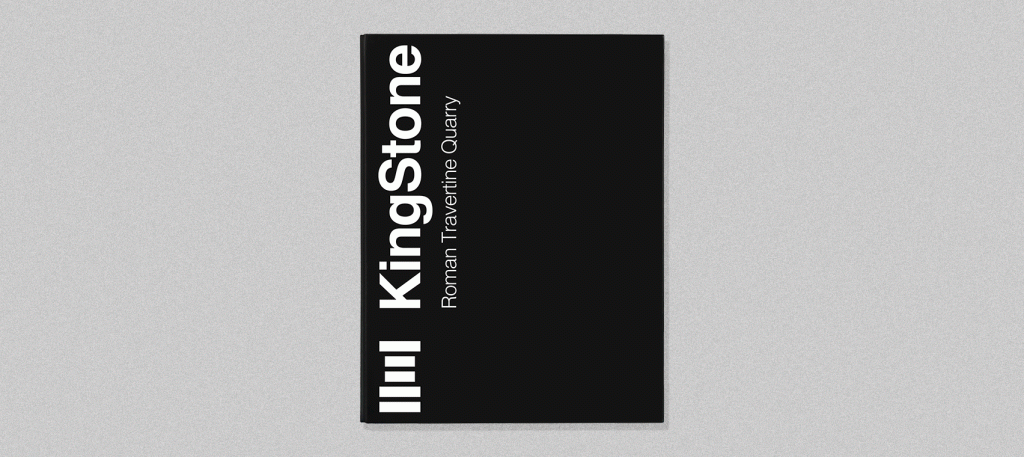
Write to info@king-stone.it to request your free sample!
The travertine advantages 
Why is travertine the right choice for every project
Previously used as a building material, now among all natural stone, travertine is the most preferred one for residential as well as commercial project. This stone developed a distinctive appearance, coming in a range of colours and stylish looks, travertine can be an affordable and attractive option for all sort of surfaces. Thanks to the host of benefits that this stone brings, travertine tops the trend of natural stone.
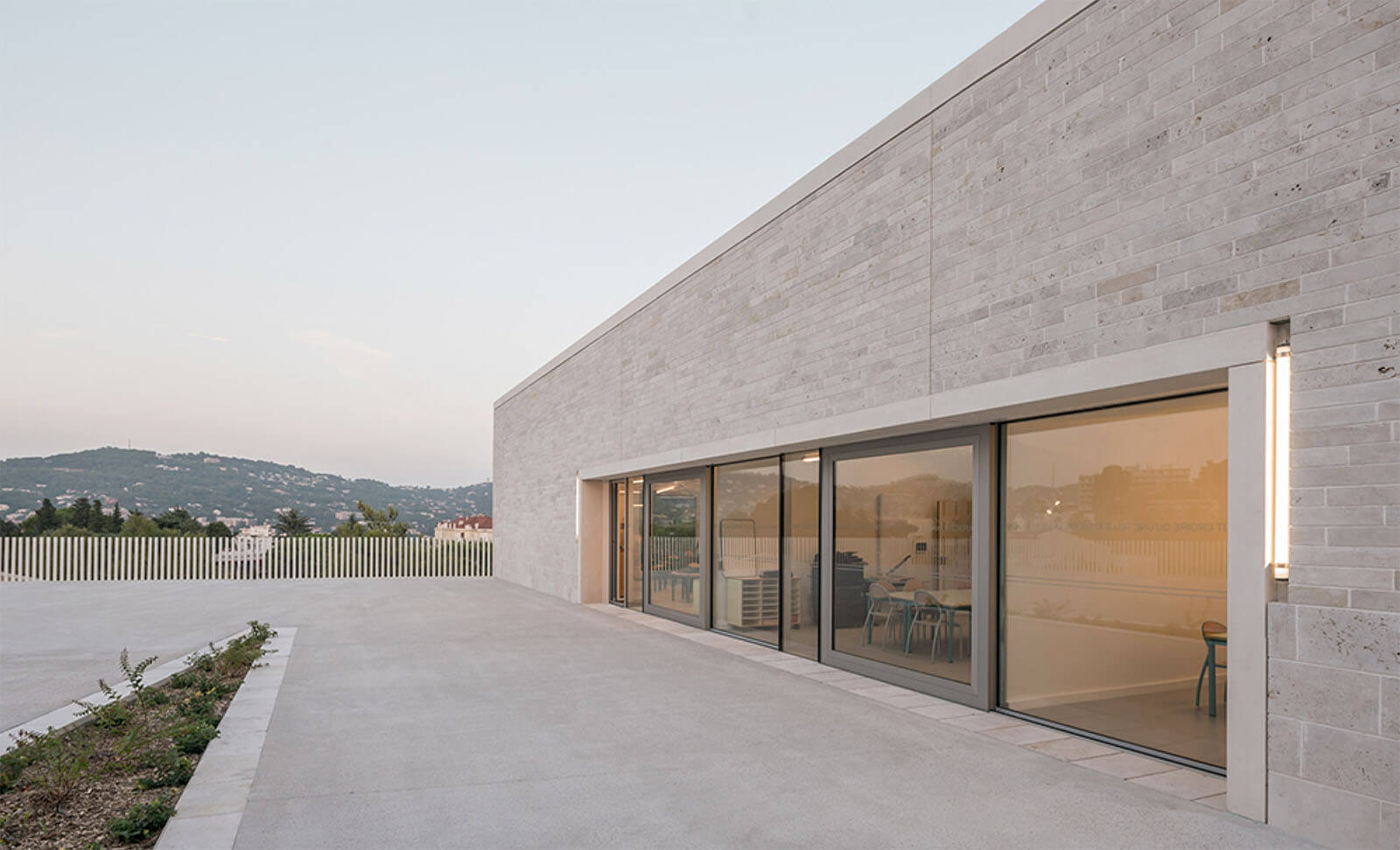
HYGIENIC
SURFACE
The low porosity and high density of this stone makes it resistant to the production of mold, fungi and bacteria. Fully compatible with food.
UNALTERABLE
COLOR
It is resistant to UV radiation and always maintains the same color as on the first day.
STAINS
RESISTANCE
The low porosity makes this material resistant to stains, with anti-graffiti properties.
Simple CARE
AND MAINTENANCE
It does not require special cleaning products.
FIRE AND HEAT
RESISTANT
The Travertine surface is resistant to high temperatures.
DURABILITY
Travertine is known for its density as it is one of the most robust materials that can last a lifetime.
